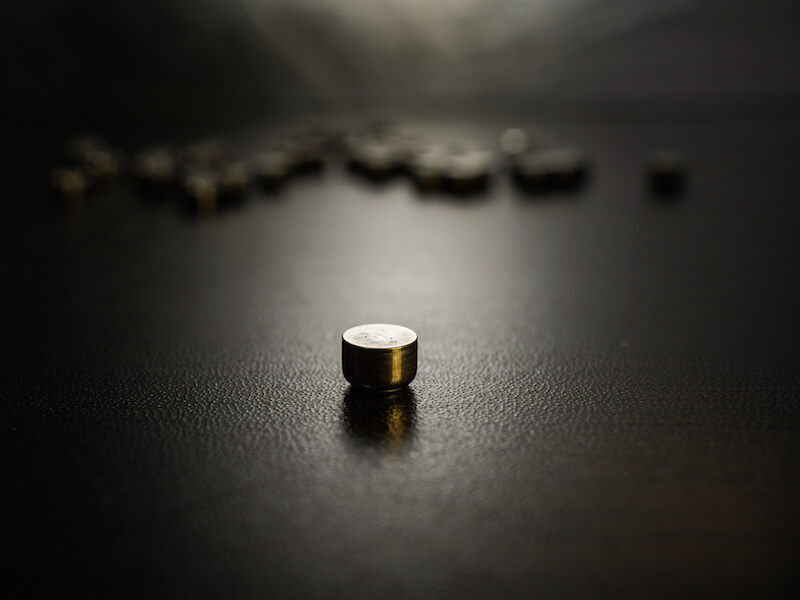
From phones to cameras to music players, how we power our electronics has progressed. For decades, those looking to address hearing loss have wished for a similar advancement, and the industry is finally recognizing the promise of a powerful rechargeable hearing aid battery.
Size 312 batteries are the most prevalent of the disposable batteries that have traditionally been used to power hearing aids. The most popular form of this battery, now, is “zinc-ion”.
Disposable Hearing Aids Have a Downside
As the name would indicate, a zinc-air battery is affected by the presence of air. The user has to tear a little tab off the back of a 312 zinc-air battery in order to activate it.
They will start losing power as soon as they are fully oxygenated. So the power is depleting even if the user isn’t currently using it.
The biggest downside to disposable batteries, for most users, is how long they last. Some reports have cited the average life expectancy of a size 312 disposable battery to be from 3 and 12 days, which means users may need to replace their batteries about 120 times per year.
Because of this, besides needing to purchase 120 batteries, the user will have to change and properly dispose of batteries at least two times every week. From a cost perspective alone, that likely equates to more than $100 in battery purchases.
Rechargeable battery Improvements
Thankfully, for hearing aid users looking for another alternative, there have been profound advancements to rechargeable hearing aids that now make them a practical option.
The vast majority of individuals would use rechargeable hearing aids if given a choice according to various studies. Over the years, these models were impractical because they didn’t hold a charge long enough. However, recent advancements now facilitate a full day of use per charge.
Rechargeable batteries won’t save users significant amounts of money, but they will make quality of life better.
These new models provide less aggravation on top of maintaining a 24 hour charge because the user doesn’t have the burden of continuously changing out the batteries. They just need to put the battery on the charger.
A disposable battery approaching the end of its life simply can’t function at full capacity. There’s also no exact way to identify how close to being inoperable the battery actually is. So the batteries might die at the exact moment that a user needs them the most which could even put them in peril. Not only is this a safety concern, but users could miss important life moments because of a dead battery.
Types of Rechargeable Hearing Aid Batteries
There are unique benefits to each of the different materials that rechargeable batteries are constructed from. Integrated lithium-ion batteries are one option being used by manufacturers because they can hold a charge for 24 hours. And smart-phones are powered by this same type of battery which may be surprising.
Silver-zinc technology is another material used for today’s rechargeable hearing aids. This revolutionary approach was initially manufactured for NASA’s Apollo missions to the moon. You can even use this technology to update and retrofit the existing hearing aids you’re comfortable with by changing the device to rechargeable power. Just like lithium-ion, silver-zinc can also provide enough power to last you all day.
Some models even let you recharge the battery without removing it. For these, users will slip the entire hearing aid on a charging station when they sleep or during another time when the hearing aid is not in use.
While all of these rechargeable strategies provides considerable advantages over disposable batteries, each approach should be carefully vetted to get a complete picture and to identify if it’s best for you.
Take a look at our hearing aid section if you’re looking for more information about what battery would be the right choice for you or any other info about hearing aids.
